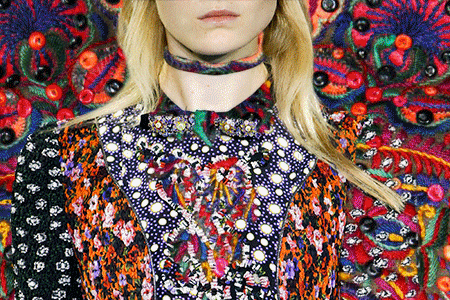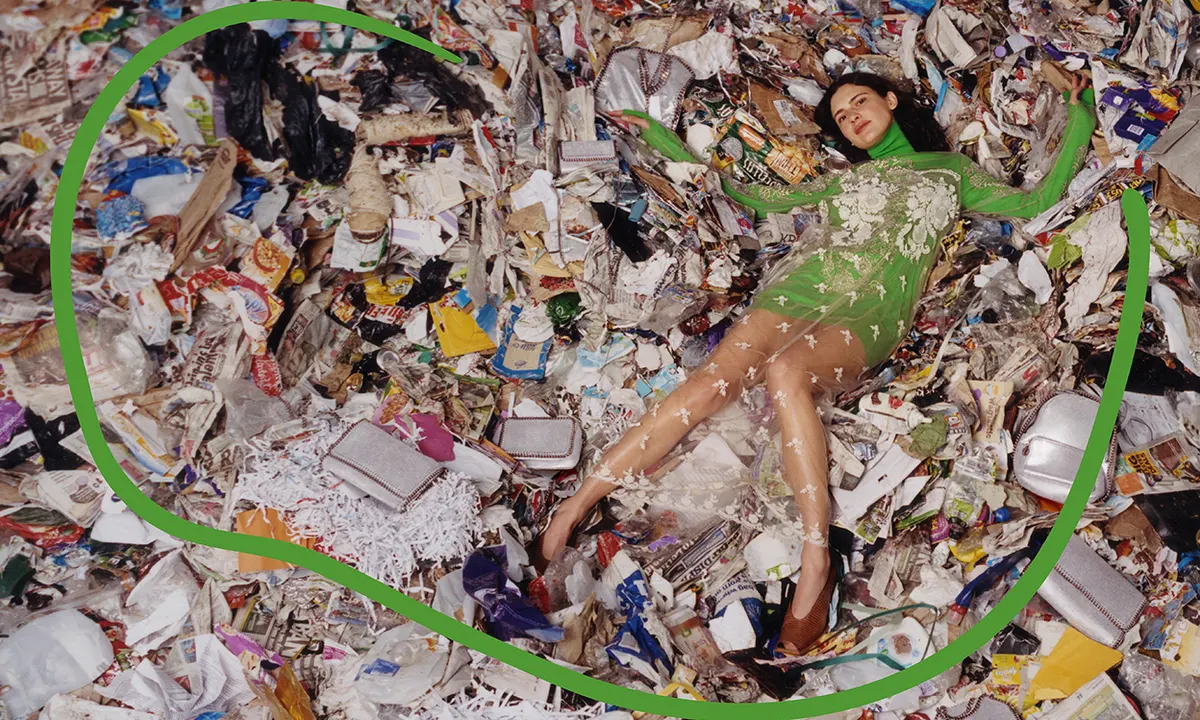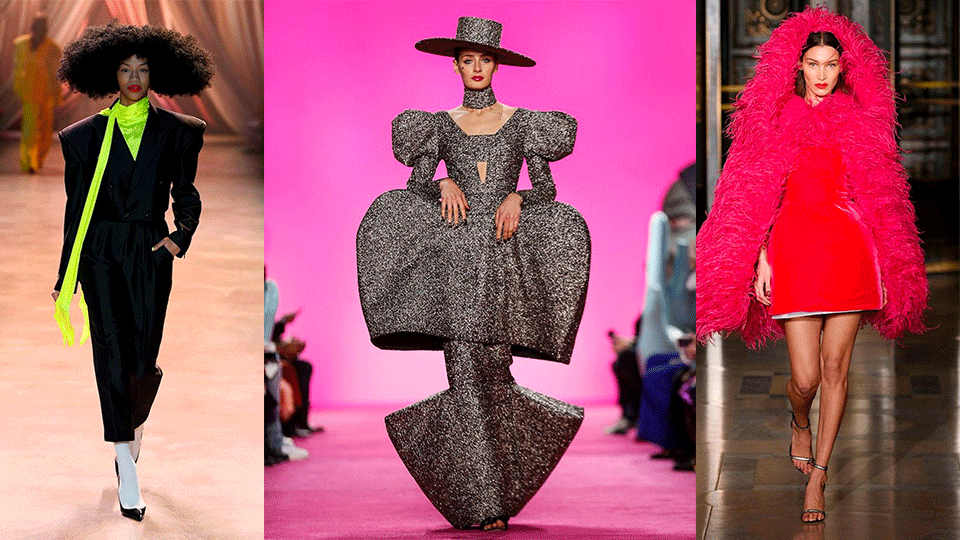- À New Wave to Fashion, À New Way of Living. Download Now on iOS Android Canada SS22
- hello@alahausse.ca
Digital Price tags using renewable energy

Trashion: Repurposing Trash into Experimental Fashion
July 12, 2021
Rise of QR codes in Retail Industry
July 16, 2021
Written by Tori Southerland
Fashion, whether we like it or not, is constantly changing and is often dominated by what is in trend. I, like many others, have an internal tossup of wanting to be trendy and wanting to be sustainable with my clothing, but why not do both?
Sustainability: is it a trend?
For maybe the first time in fashion history, sustainability is in style. Consumers are often saying no to fast fashion and focusing more on ethical consumption. According to research done by Mckinsey & Company, 67% of consumers consider the use of sustainable materials as a deciding factor when purchasing items. Just a decade ago, sustainability in fashion was a foreign concept to the average consumer. According to The Institute for Sustainability, the movement for sustainability can be considered a mega trend, which is a trend that shapes the world of business for a decade or more (https://www.theinstituteforsustainability.com) . This mega trend, which began with the desire for businesses to “Go Green” in the early 2000s has now morphed into a totally new way to view consumption. At its roots, sustainability comes down to lowering our consumption overall, there still can be ways to be trendy while being conscious of our carbon footprint.

How to be more sustainable while following trends: a brief guide
Step 0: Self Reflection
The first thing to do when considering following a trend is some self reflection. Do I actually like this trend? It’s easy to feel pressured by what’s in style when deciding what to wear. The bottom line is if you wouldn’t like the piece if it wasn’t what’s in style, don’t buy it. I often ask myself what a piece will add to my wardrobe before deciding to purchase it. If you’re still not sure, the next step would be to try out the trend without commitment. You could borrow from a friend, rent the piece, or even just try it on at a store.
Now, you’ve decided you want to participate in the trend. What should you do?

Step 1: Look for Once-Loved
The first step to follow a trend sustainably would be buying second-hand. Go thrifting or buy second-hand from the comfort of your own home with shopping apps.
Step 2: Try an Ethical Retailer
If you’re unable to find your desired piece second hand, move on to ethical retailers. Generally, if brands are sustainable they will make it known. If you can’t find any info on a brand’s views, it’s likely not what you’re hoping to hear. Try to shop at small businesses and avoid microfibers.
Step 3: Your Clothes Deserve TLC
Once you have the trendy piece, make it last. Take care of your clothes and get as much wear as possible. Wear the piece when it’s no longer trendy, because if you love it, the trends don’t matter so much.
Step 4: Trend Retirement
If you’re ready to retire a piece: donate or resell. Give to a friend. Appreciate your clothes for the great outfit moments they gave to you.

Trends and sustainability don’t have to be mutually exclusive choices. Trends have brought us more inclusive clothes for different body types or the normalization of men to express their femininity. A focus on sustainability in fashion has allowed thrifting and second-hand clothing to make its way into mainstream. And as long as we remain mindful while consuming, we can be both trendy and sustainable.
Via ÀLA.HAUSSE‘s Multi-functional and Multi-purposeful Fashion Ecosystem- BUY/SELL/RENT/LEND/ (swap BETA 2021) mobile application, INDIVIDUALS & brands ( BETA 2021) are encouraged to REBUY, RESELL, REUSE and UP-CYCLE their personal “Clossets” aka Clothing Assets, along with overstock inventory and samples. Through this consumerism habit shift we indirectly slow down the urgency on fashion’s carbon footprint, aiding sustainability as a whole.
BETA Early Access Application Now Open for CA Fashion Lovers: Apply Now for LAST CALL
with Stories on www.alahausse.ca
#ALAHAUSSE #WEARYOURPURPOSE #HAUSSEPEOPLE








